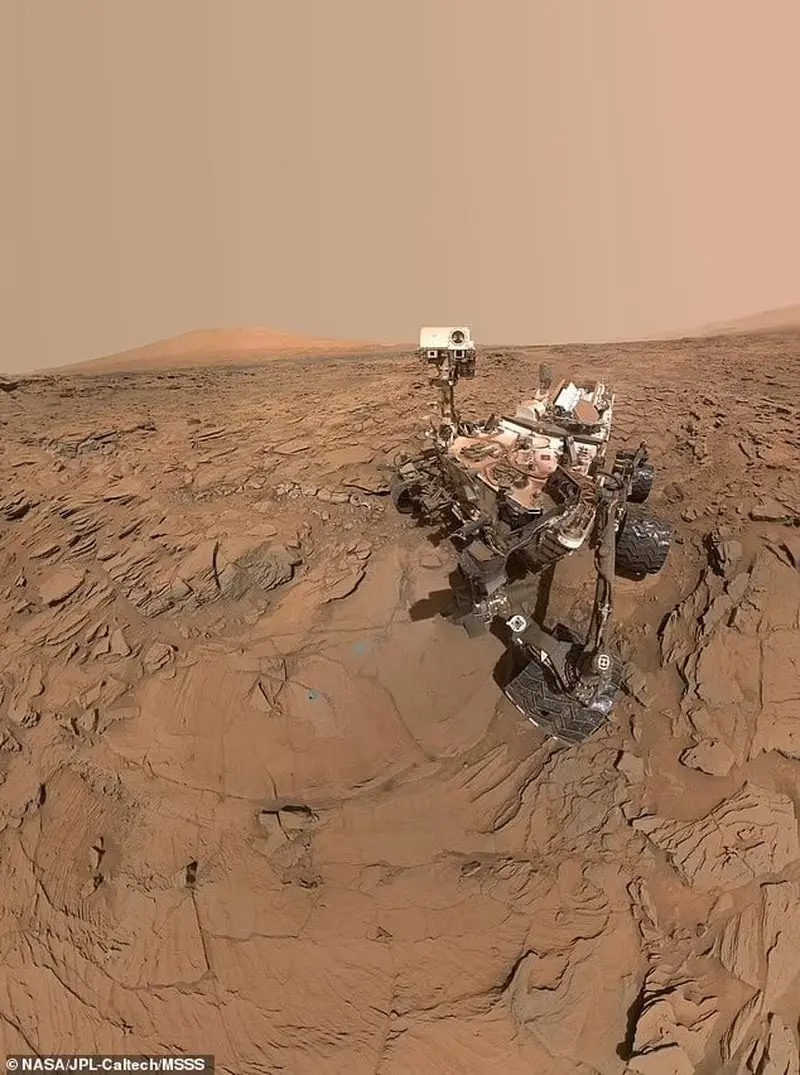This conclusion was reached by an international team of scientists led by Ingrid Daubar, an assistant professor in the Department of Earth Sciences at Brown University (USA). Therefore, colonizing Mars may not be the best idea, considering its extraordinary geological activity.
According to a new study, the frequency of meteoroid collisions with By Mars It can be 2 to 10 times higher than what science had assumed, depending on their size.
“Probably, Mars is more geologically active than we thought, which has implications for the age and evolution of the planet’s surface,” noted Dr. Daubar.
During the study, her team utilized data from a highly sensitive seismometer installed on NASA’s InSight lander. They discovered eight new impact craters from meteoroids that scientists had not observed before.
A meteoroid is a mini-asteroid (not exceeding 30 meters in diameter) that travels through space. It leaves a bright trail behind it – a meteor. A meteoroid that has already fallen to the surface of a planet is called a meteorite.
The observed frequency of collisions of these foreign bodies with the Red Planet challenges the established notions of how often meteoroids fall on it. the surface of Mars The discovery prompts scientists to reconsider established models of Martian crater formation, taking into account the higher impact velocities of meteoroids, especially smaller ones.
The results obtained could ultimately change current perceptions of the surface of Mars, as well as the impact of meteoroids on other planets.
“This will require us to rethink some of the models that the scientific community uses to assess the age of planetary surfaces throughout the Solar System,” said Ingrid Daubar.

What else did the researchers find out?
Six out of the eight identified craters were located near the landing site of the InSight spacecraft. The two distant craters, formed by meteoroid impacts, turned out to be the largest that scientists have observed on Mars during years of observation. They were created within just 97 days of each other, indicating a higher frequency of geological events of this type. The size of each of these two craters is equivalent to the area of a football field, the publication reported. Sci.News .

According to the study’s leader, scientists expected that collisions of this magnitude could be seen once every two decades or even once in a lifetime. However, two collisions that occurred more than 90 days apart changed researchers’ perceptions. “It could just be a crazy coincidence, but the probability that it’s just a coincidence is very, very low,” Dr. Daubar believes. In her opinion, “either the two major collisions are related, or the frequency of collisions on Mars is much higher than we assumed.”
Of course, meteoroid collisions with planets occur constantly throughout the Solar System. By studying the geological activity of Mars, scientists will be able to compare the results obtained with those recorded, for example, on Lands The conclusions of the study were published in the journal Science Advances.
